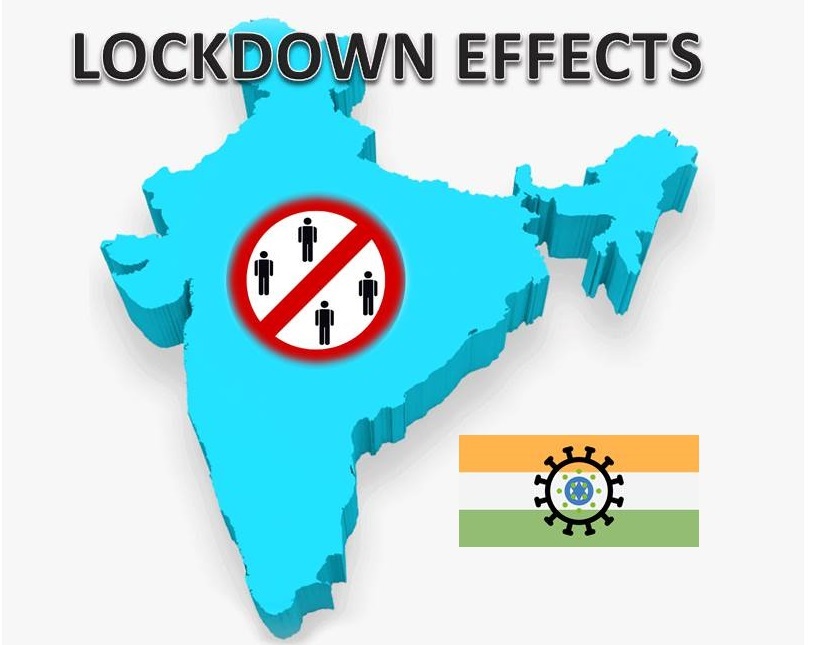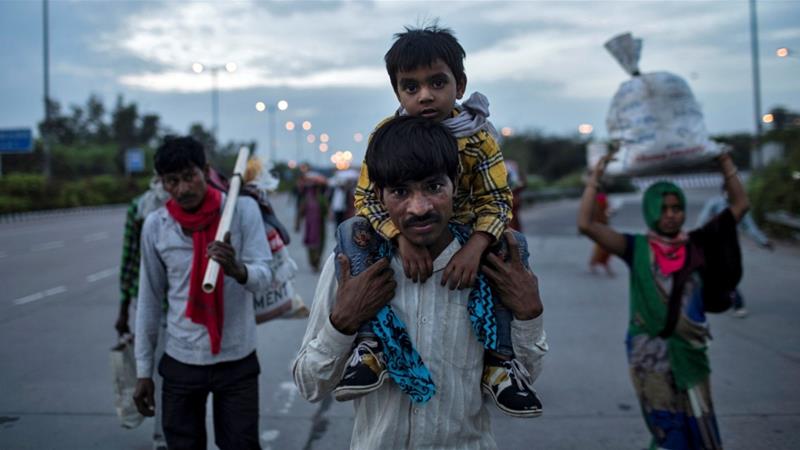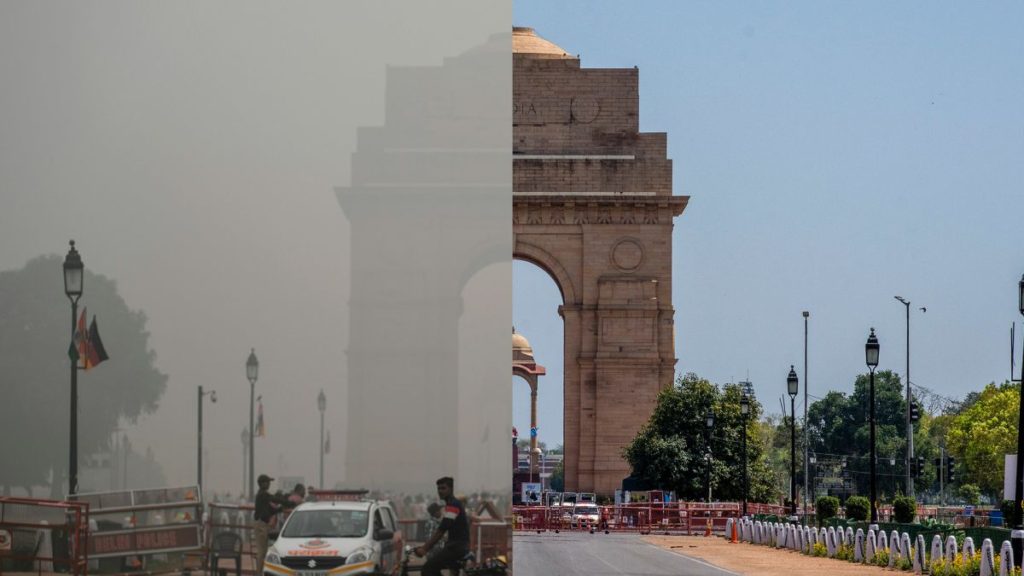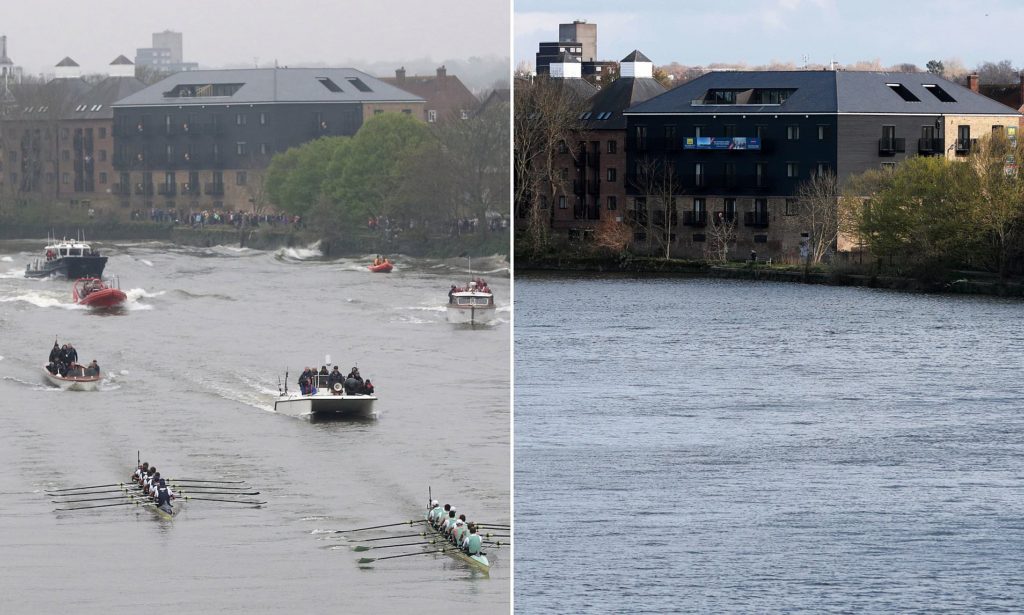We all know about CORONA virus outbreak, all countries proposed lockdown their countries to fight against this outbreak.
India is the very first country which proposed lockdown the whole country in an earlier stage in COVID-19 outbreak, and it is the world’s largest lockdown to fight against coronavirus. Indian Prime Minister Narendra Modi announced 21 days of lockdown on 24th MARCH to slow the spread of COVID-19, but after increasing cases of CORONA virus, this lockdown is extended to 3rd MAY. Life of 1.3 billion Indians will effect from this lockdown.
1. Indian economy
This lockdown will directly affect the Indian economy.
The areas that are most seriously affected are transport, restaurant, hotel, and estate exercises.
Secretary-general of All India Motor Transport Congress (AIMTC) Naveen Gupta said the aggregated misfortunes to truckers during the initial 15 days of lockdown were about Rs 35,200 crore given a normal Rs 2,200 loss to per truck every day.
The Indian retail area, including 70 million small, medium and huge merchants utilizing 45 crore individuals, does a month to month business of roughly USD 70 billion (this all will affect).
World Bank said that India’s economy is relied upon to become 1.5% to 2.8% in 2020-21 financial which began on April 1. This will be the slowest development rate recorded since the economic changes of 1991.
2. People’s Life
Lockdown is not the same for everyone in India. Some families are enjoying this time, but most of them are suffering. Wealthy families are taking this as their holiday; on the other hand, some families are fighting for food and other essentials. Every person’s personal and professional life is affected because of this lockdown. Many people lost their jobs, especially labourers.
The workers are suffering and have started moving back from the big cities to their homes with their families. Food and other essential stuff are available easily, but due to lack of money, they are unable to take anything. In this difficult time, many people are also helping fenceless and homeless people.
Some anti-social elements are coming out of the houses by not obeying the law of social distance, due to which the risk of the corona is increasing, and the administration is also facing difficulty.
3. Pollution
This is the positive side of this lockdown. Pollution graph of main cities is recording much lower levels of harmful microscopic particulate matter.
In the capital (New Delhi), government information shows the normal convergence of PM 2.5 plunged by 71% over the course of about seven days – tumbling from 91 micrograms for every cubic meter on March 20, to 26 on March 27, after the lockdown started. The World Health Organization believes anything over 25 to be risky.
Poor people and most defenceless will experience the ill effects of both the wellbeing impacts and the financial emergency. Cleaner air for a couple of months might be modest silver covering to COVID-19’s dark clouds.
The rivers that were on the verge of ending the lockdown have given them new life. A couple of days back, the Yamuna River in Delhi indicated wonderful purity, primarily because of the diminishing in industrial pollutants released into the old water stream. Presently, it is the turn of River Ganga, as the water from the sacred stream has now gotten fit for drinking in Haridwar and Rishikesh.





